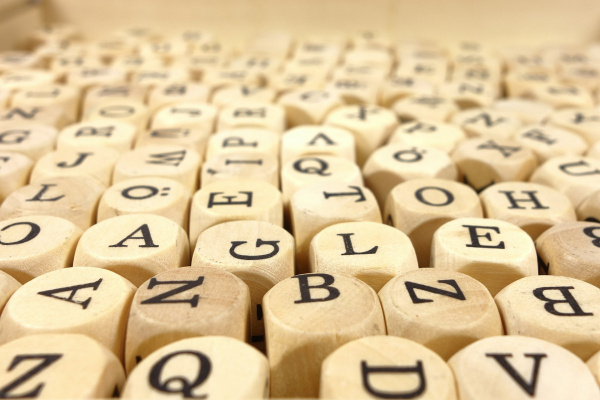
Why Google translate is useful (but you still probably shouldn’t use it)
Google Translate has become a sort of knight in shining armor when it comes to destroying the language barrier on the Internet. Don’t know what a song lyric means? Google Translate! Looking for that perfect gazpacho recipe but it’s in Spanish? Google Translate! Looking for a cool meme for your hot new Norwegian client’s Tiwtter! Google Translate it! It’s so simple and straightforward, right? Put the words in the machine and it’ll spit out a perfect, 1:1 translation! Right?
Well, the sad fact of the matter is that this really has the potential to cause more harm than good. From a translator’s perspective, I’d even go so far as to say that we’ve crippled ourselves by relying on a machine to do the work for us, without properly understanding its machinations, instead of digging on our own and reaching solid conclusions.
So maybe it’s a good idea to start learning? Google Translate has definitely been doing that
A moderate attempt at positivity
Let’s give credit where credit is due. Google Translate is an incredibly intelligent, groundbreaking tool. It can really make a translator’s job easier by suggesting possible translations of sentences that can later be tweaked by hand. it’s great for getting the gist of the message across (most of the time), Google Translate does, indeed make lives easier, even if we often end up shooting ourselves in the foot because of it.
How does all this happen then?
Google Translate utilizes machine learning to take apart various documents in a number of languages, juxtapose them, and come up with equivalents. It has an incredibly vast library of documents, with EU documentation forming one of its most solid pillars. This is important, considering these documents all exist in all of the EU’s official languages, meaning there are plenty of direct equivalents to choose from. With recent advancements and the introduction of Google Neural Machine Translation (GNMT), Google can now predict the meaning of your phrases more quickly and accurately.
And yet some of it is still gibberish.
What gives?
One of the main problems of Google translate is that it always uses language as an intermediary. If you’re translating from English or into English, it still works perfectly fine, but if you’re translating from Japanese into Urdu, you’re actually translating a sentence from Japanese into English, and then from English into Urdu. While this might appear to be the same thing on the surface, this is really not the case. Considering how nuanced language is, and how translating a phrase once inevitably causes some of the subtleties are lost, translating it again into a completely different language, further deteriorates the quality of the translation.
There’s also the fact that, even when checking single words, Google Translate doesn’t give you the full picture. You get a definition or two in the other language, and that’s it. No synonyms, no examples in the sentence – you’re left with a simple definition that doesn’t even begin to tell you the whole story, so you never know if you’re really using the right word. And don’t even get me started on translating metaphors and fixed phrases. Let’s just say, Google is still kind of a dumbass in that regard.
So what can I do?
Now I know what you’re all thinking. What are we supposed to do then? Throw our arms in the air and hire a human translator? Well, ideally, yes – having someone bilingual who will tell you everything you need to know at hand would be ideal. But we don’t live an ideal world – and yet there are optimal solutions. There are many dictionaries available online that can help you a bunch by giving you not just the direct equivalents of the words, but also examples of their use in the right contexts, so that you can infer the more nuanced meaning on your own and later use them in a sentence. Pons and Glosbe are two of my favorite dictionaries with a lot of language pairs available and they go into a lot of detail that can help you understand the language better.
One more tool that can be extremely useful is Linguee. Basically, what it does is allow you to do the job GT does on your own – you can compare documents with their equivalents in another language, therefore seeing a broader context for all the little terms you are looking for.
A little research goes a long way, and it’s by remembering that we can do things on our own better than by having our hand held throughout the journey that we can learn and get better results. It doesn’t take a lot more time, and the long-term results are hard to ignore. Of course, I don’t want you to stop using Google translate altogether – it’s all about knowing how to use it. Take what it says with a grain of salt and dig a little deeper – you might be surprised at what you find.
by Patryk Stefanowicz, copywriter